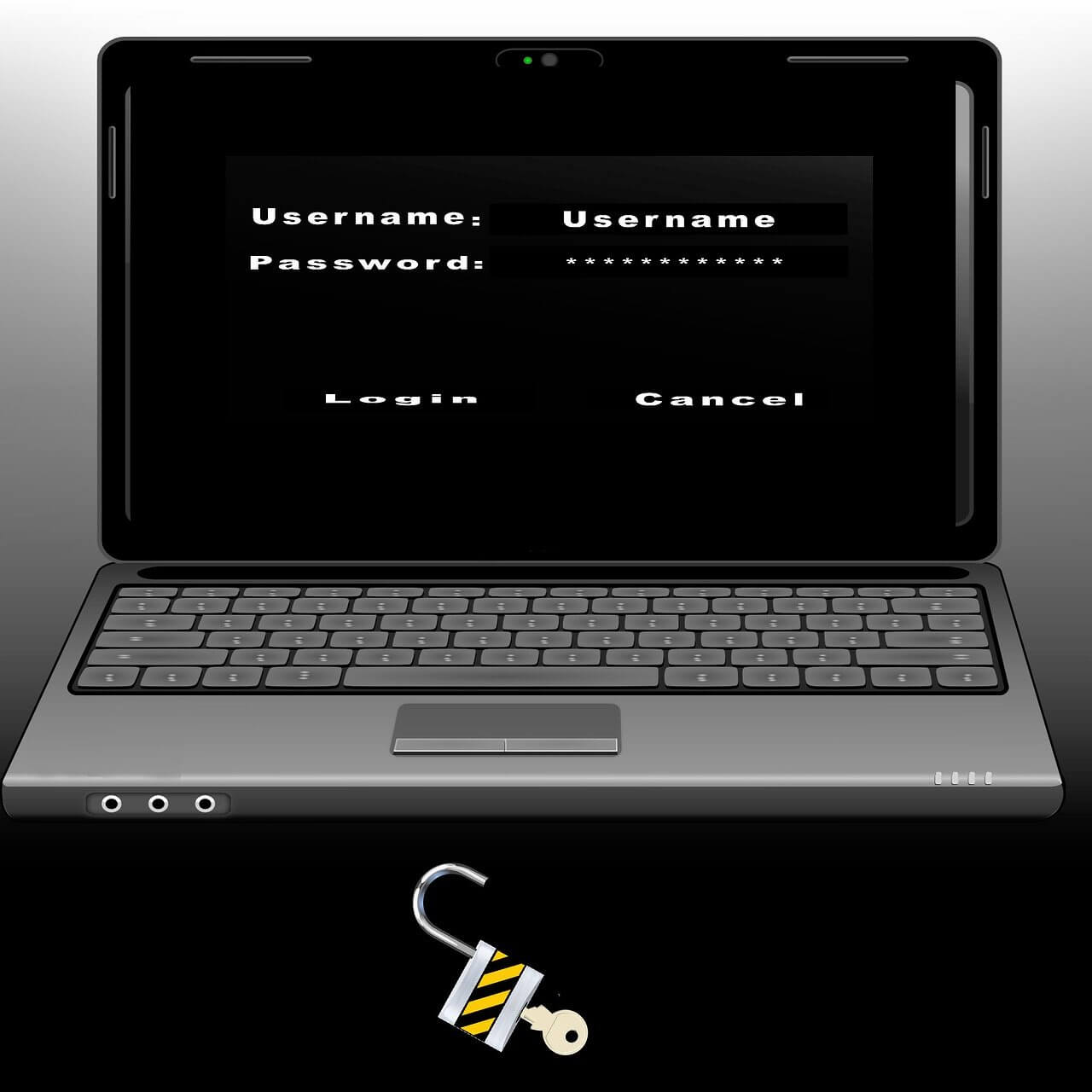Importance of passwords
Though passwords have been shown to, in practice, be a terrible security concept, they're still heavily used today.
They're everywhere, even as they may phased out in the next few years. However, as it stands now, passwords are the keys to your digital kingdom.
Think about it - you more than likely don't want to hand over the keys to either your house or your car to some person on the street. They could steal all the valuables from your home or drive off with your car. Well, in the digitally connected world you and I live in, the same goes for your passwords.
Put simply: passwords give access to bank and financial accounts, email accounts, work and school accounts - just to name a view.
Your passwords give access to your accounts, which frequently contain sensitive data. Compromised passwords can give unauthorized access to your accounts - which in turn is ultimately detrimental to your privacy as threat actors may gain access to personal or sensitive data or information.
Strong password management skills are crucial for securing online accounts. Good password management includes storing passwords securely (ideally in a password manager), creating strong passwords, eliminating password reuse, and reviewing leaked/cracked passwords (ex: in data breaches).







